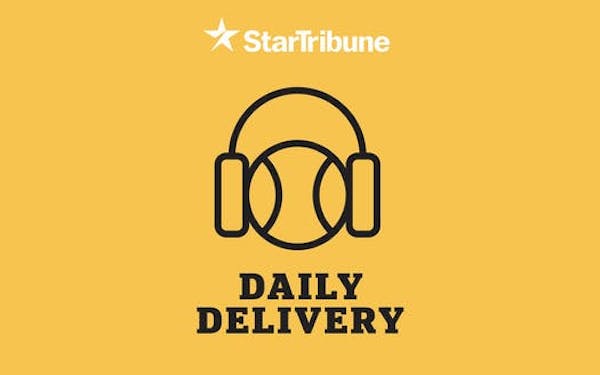There have been very few smooth moments in the nearly four years since Diamond Sports Group, a subsidiary of Sinclair, purchased 21 regional sports networks for $10.6 billion.
Almost immediately, the viability of the purchase was tested amid a shifting sports media landscape filled with increased cord-cutting options. Fans and teams grew increasingly frustrated with Diamond Sports as rights fees negotiations stalled and Bally Sports channels (rebranded from Fox Sports) disappeared from satellite and streaming services.
Bloomberg reported this week that Diamond Sports is likely to enter a bankruptcy restructuring — not a done deal but something that could happen as soon as a few weeks from now — that, while not unexpected, would have a huge impact on the sports media world.
I talked about some of the potential local impact on Friday's Daily Delivery podcast.
Here is some added context.
1. How did we get here?: Next TV has a good summary of the situation. Basically, Diamond Sports is carrying a lot of debt. On top of that, Diamond said in November that it had $585 million in cash but needed to pay teams $2 billion in rights fees this year. That hardly seems ideal! This is all a byproduct of Sinclair/Diamond paying far too much (and taking on far too much debt) when buying the RSNs in 2019.
2. Where are we now?: Diamond Sports is preparing to file for bankruptcy. Though it's not a done deal, it is considered the most likely course of action. How long the process takes — and whether it happens at all — is still up in the air, and that uncertainty will drive a lot of contingency planning among teams and leagues.
3. Impact on local teams: The Twins, Wild, Timberwolves and Lynx have almost all their games on Bally Sports North. Teams rely, to a certain degree, on the revenue they get from selling the rights to show their games. The Twins, for example, get more than $40 million a year from local TV revenue. Any disruption to that — say, if Diamond Sports can't pay what is owed or a deal is terminated — could have an impact on teams' bottom lines and send them searching for a new distribution model.
That said, seeking out a new distribution model was already on teams' minds as frustrations mounted with Diamond Sports in recent years. And the Twins' 12-year local TV deal expires after the 2023 season. This could all lead to something better for teams and fans, though how it shakes out financially — and how the timeline is potentially accelerated by Diamond Sports' potential bankruptcy — remains to be seen.
4. Impact on fans: The first thing to know is that nothing is imminent in terms of "today" or "tomorrow." The Friday Wolves game against Memphis will still be on Bally Sports North, as will any near-term games. That said, it should be noted that the Twins and BSN still don't have an agreement for games to be shown on the recently launched Bally Sports standalone app ($19.99 per month).
As much as fans might be frustrated with Bally, you probably shouldn't be rooting for short-term chaos. There is reasonable access to NHL and NBA games now via the app. In the bigger picture, fans should be hoping for a better solution going forward — perhaps one that involves more team and league control. The uncertainty over the availability of games has not been good for teams or fans, and a more stable future model is necessary.
5. What comes next: It's hard to predict, but one could imagine a future where Diamond Sports or a similar company — a middleman, essentially, in the current business model — is eliminated. Teams and/or leagues would control production and distribution of their games to local audiences, via traditional rights fees to cable/satellite/streaming providers and a direct-to-consumer app for those who only want access to one team's games.
The logistics of coordinating such a switch would be a process, and the biggest question would be money. Could teams make enough local revenue through such an arrangement while still keeping prices feasible for fans? My hunch is that the answer is yes, though it will require some creative solutions. And teams/leagues seem better positioned both financially and as stakeholders to come up with those solutions than a company like Diamond Sports.
But how fast that future arrives — and exactly what it looks like — remains to be seen.

